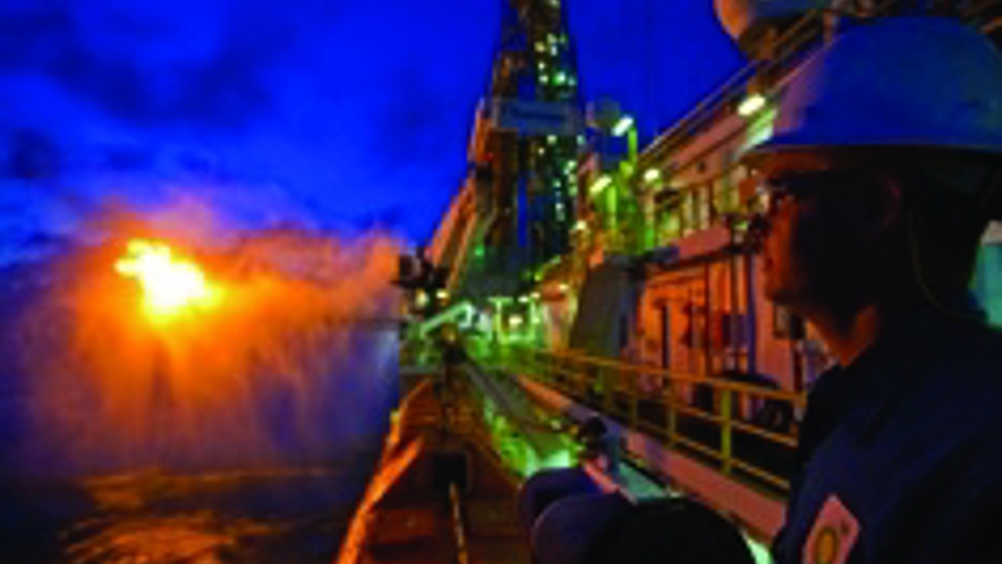So far, BP has installed two systems that continue to collect oil and gas flowing from the Deepwater Horizon’s failed blow-out preventer (BOP), transporting them to vessels on the surface.
The lower marine riser package (LMRP) containment cap, installed on June 3, takes oil and gas to the Discoverer Enterprise where oil is collected and gas is flared.
The second system, which began operations on June 16, takes oil and gas to the Q4000 vessel on the surface where oil and gas are flared.
On June 26, a total of approximately 22,750 barrels of oil were collected or flared by the two systems and 52.9 million cubic feet of gas were flared.
The LMRP containment system connected to the Discoverer Enterprise is claimed to have collected 14,730 barrels of oil, and the Q4000 flared an additional 8,020 barrels of oil.
To date, BP says the total volume of oil recovered or flared by containment systems is approximately 435,600 barrels.
Next steps
In a statement issued today, BP said preparations continue for the next step in containment operations. Work on the first floating riser containment system, which will be connected to the Helix Producer vessel, is said to remain on schedule. It is expected to be available for first operations at the end of June or in early July.
The floating riser containment system is intended to provide additional oil containment capacity of approximately 20,000-25,000 barrels a day. Together with the LMRP cap and Q4000 systems, the addition of this new containment technology should increase total oil containment capacity to 40,000-50,000 barrels a day.
The floating riser system is designed to allow more rapid disconnection and reconnection, reducing the time that collection may be impacted in the case of severe weather.
Plans also are being developed for potential additional containment capacity and flexibility, including a second floating riser system and additional capacity through a new cap on the BOP. These projects are currently anticipated to be available to begin operations around mid-July
Drilling operation
The first relief well, which started drilling May 2, has reached a measured depth of 16,546 feet and has successfully completed a second ”ranging”, which involves periodically withdrawing the drill pipe and sending an electrical signal down to determine the location of the MC252 well.
Drilling and ranging operations will continue over the next few weeks as the well progresses towards the target intercept depth of approximately 18,000 feet.
Once intercept has occurred, operations are expected to begin to kill the flow of oil and gas from the reservoir by pumping specialised heavy fluids down the relief well.
The second relief well, which started May 16, is at a measured depth of 12,038 feet. Both wells are still estimated to take approximately three months to complete from commencement of drilling.











Invinity to build 20MWh flow battery in UK
Redux flow cells have had nowhere near the R+D effort compared to Lithium ion. They certainly have the potential (pun not intended) for longer...